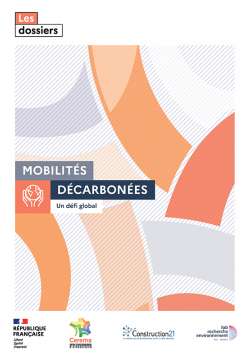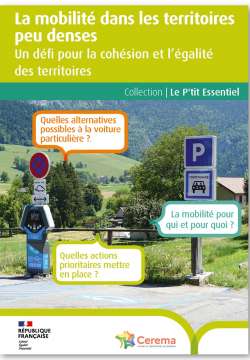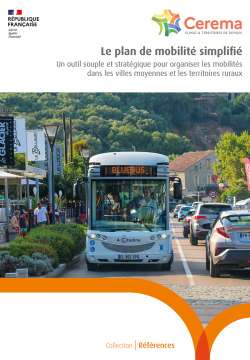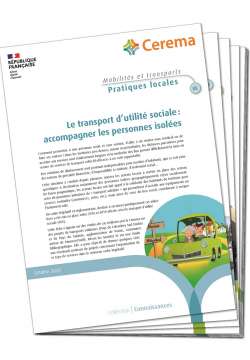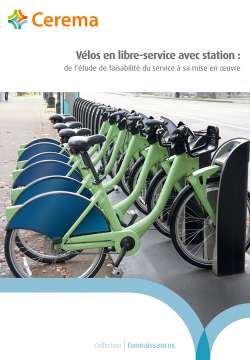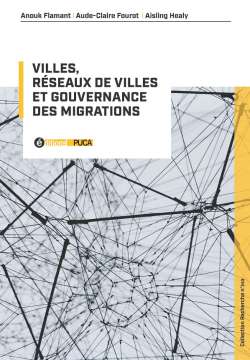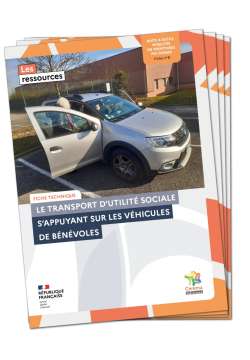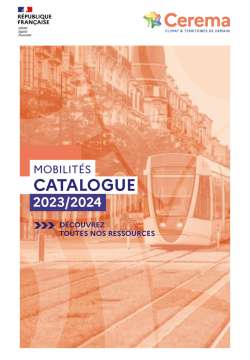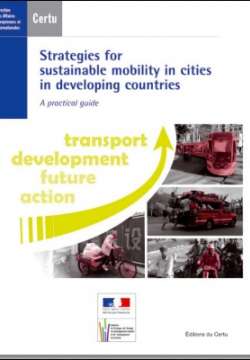
Strategies for sustainable mobility in cities in developing countries
A practical guide
This methodological guide aims to raise awareness among those involved in the running of cities (in both the public and private sectors) of the urgent situation that exists with regard to transport management in cities in developing countries; the aim is for these issues to become fully integrated into the political agenda and then acted upon. This guide also offers practical advice and support for the planning and scheduling of investment in the field of transport.
Today, more than half the world's population lives in a town or city. This sustained growth in the urban population affects cities in developing countries in particular.
These cities are also experiencing dynamic economic growth, leading in turn to an increase in car ownership. As a result of the increasing use of cars and motorised two-wheeled vehicles combined with huge difficulties faced by the public transport sector in attempting to meet the constantly growing demand, these cities are becoming more and more dependent on individual motorised modes of transport. Congestion is increasing, and is the source of major problems in terms of pollution, greenhouse-gas emissions, public health, and more.
How can we ensure that everyone is able to get around ever bigger cities, using high-quality transport solutions that are adapted to people's needs and pace of life?
How can we help cities in developing countries to keep up with these changes and implement sustainable transport policies?
This methodological guide aims to raise awareness among those involved in the running of cities (in both the public and private sectors) of the urgent situation that exists with regard to transport management in cities in developing countries; the aim is for these issues to become fully integrated into the political agenda and then acted upon. This guide also offers practical advice and support for the planning and scheduling of investment in the field of transport.


